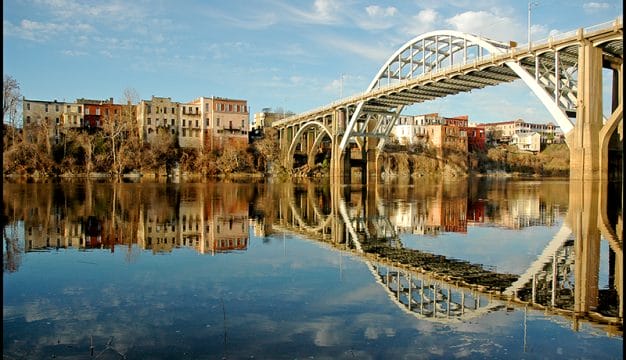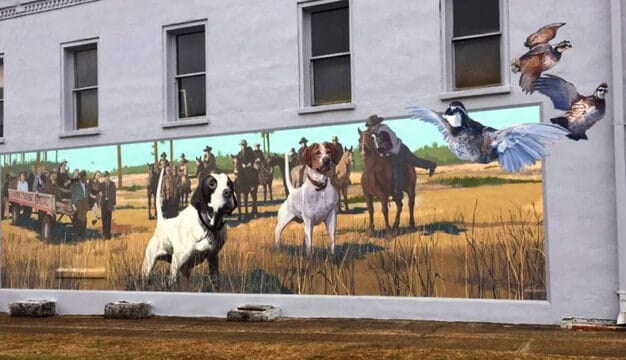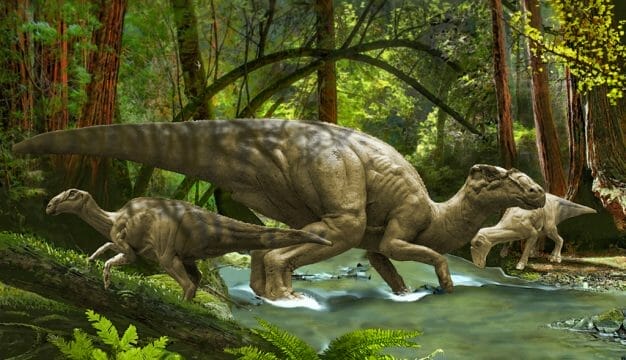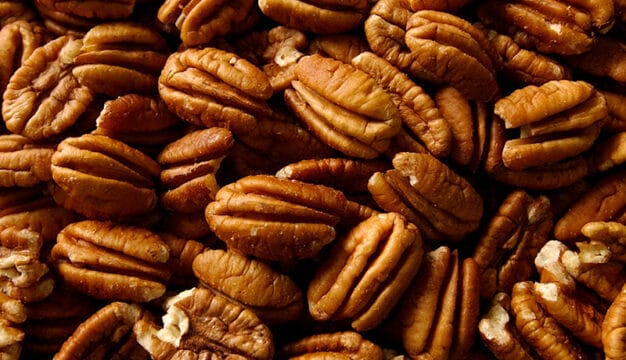Edward Troye
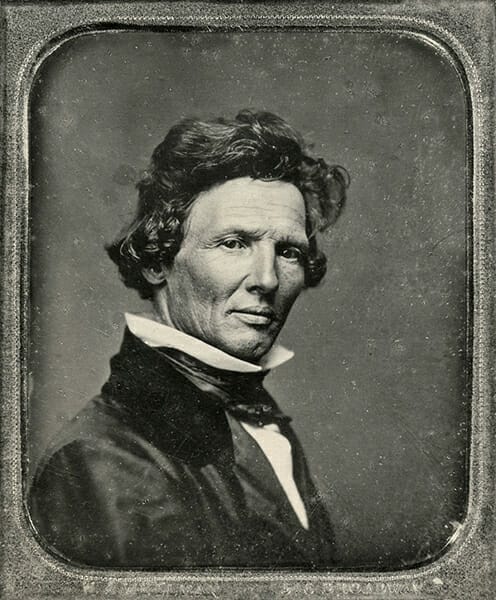 Edward Troye
Edward Troye (1808-1874), nineteenth-century North America’s first important portrait and landscape painter. He is perhaps best known for his portraits of thoroughbred horses and for his work related to horse racing. Troye spent parts of his personal and professional life in the state of Alabama. Troye was born July 12, 1808, in Lausanne, Switzerland. His mother died when he was an infant, and his father, JeanBaptiste de Troy, a sculptor, moved the family to England. Educated and trained in London, Edward was not the only talented member of his family: his siblings were noted European artists. In 1828, Edward moved to the West Indies. He spent two years there on a sugar plantation before moving on the United States and settling first in Philadelphia, Pennsylvania.
Edward Troye
Edward Troye (1808-1874), nineteenth-century North America’s first important portrait and landscape painter. He is perhaps best known for his portraits of thoroughbred horses and for his work related to horse racing. Troye spent parts of his personal and professional life in the state of Alabama. Troye was born July 12, 1808, in Lausanne, Switzerland. His mother died when he was an infant, and his father, JeanBaptiste de Troy, a sculptor, moved the family to England. Educated and trained in London, Edward was not the only talented member of his family: his siblings were noted European artists. In 1828, Edward moved to the West Indies. He spent two years there on a sugar plantation before moving on the United States and settling first in Philadelphia, Pennsylvania.
In Philadelphia, Troye went to work for Sartain’s Magazine, published by John Sartain, who would become nineteenth-century America’s most prominent engraver. Family letters indicate that Troye quickly became a part of Philadelphia’s artist society, possibly explaining an exhibition of three of his paintings at the Pennsylvania Academy of Fine Arts soon after his arrival. Troye’s career as a painter of horses began in May 1832, when a wealthy thoroughbred owner, John C. Craig of Philadelphia, saw his work and commissioned Troye to paint his racehorses.
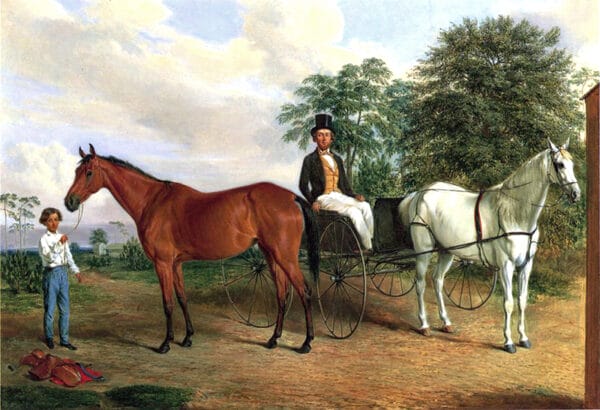 Edward Troye Self-Portrait
One of Troye’s earliest portraits was that of a mare named Trifle, who was owned by Craig and his racing partner Col. William Ransom Johnson of Virginia, the most important figure in horse racing during the 1830s. Troye painted many of Johnson’s thoroughbreds during the next few years, quickly perfecting his ability to create a true representation. In an era before photography, Troye’s paintings documented the early foundation sires and mares of American horseracing. Additionally, Troye’s landscape settings provide a glimpse of historic antebellum farms, estates, and racing sites.
Edward Troye Self-Portrait
One of Troye’s earliest portraits was that of a mare named Trifle, who was owned by Craig and his racing partner Col. William Ransom Johnson of Virginia, the most important figure in horse racing during the 1830s. Troye painted many of Johnson’s thoroughbreds during the next few years, quickly perfecting his ability to create a true representation. In an era before photography, Troye’s paintings documented the early foundation sires and mares of American horseracing. Additionally, Troye’s landscape settings provide a glimpse of historic antebellum farms, estates, and racing sites.
Engraved versions of Troye’s early portraits were published in the first sporting magazine of the era, the American Turf Register and Sporting Magazine. This prominent placement of his work brought him to the attention of horse breeders throughout the eastern and southern United States. In 1836, Troye travelled to Alabama to paint the horses of Col. John Crowell, who had built his racing stable into one of the finest in the South. Troye spent the better part of that year at Crowell’s residence near Fort Mitchell, Russell County, painting Crowell’s most successful racers, including John Bascombe, Bill Austin, Lady Nashville, and Robin Hood. John Bascombe claimed his place in horse history by giving the South a victory in the North-South match race at Union Course in Queens, New York.
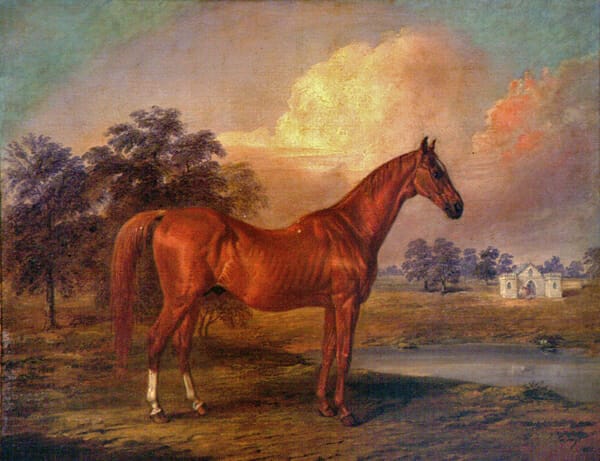 Glencoe Portrait
In July 1839, Troye married Cornelia Vandergraff at her parents’ home in Scott County, Kentucky; the couple would have one daughter. In 1842, Troye returned to Alabama to paint Glencoe, a legendary thoroughbred sire imported by James Jackson, a prominent horseman who owned Forks of Cypress, a farm near Florence, Lauderdale County. In 1849, he accepted a teaching position at Spring Hill College near Mobile. His wife Cornelia and his five-year-old daughter Anna accompanied him. At Spring Hill, Troye taught drawing and French and also advertised as a portrait painter. He painted three of his most interesting paintings: two portraits of Mobilian William Dawson’s children on the family horses and pony surrounded by the family dogs, and a self-portrait.
Glencoe Portrait
In July 1839, Troye married Cornelia Vandergraff at her parents’ home in Scott County, Kentucky; the couple would have one daughter. In 1842, Troye returned to Alabama to paint Glencoe, a legendary thoroughbred sire imported by James Jackson, a prominent horseman who owned Forks of Cypress, a farm near Florence, Lauderdale County. In 1849, he accepted a teaching position at Spring Hill College near Mobile. His wife Cornelia and his five-year-old daughter Anna accompanied him. At Spring Hill, Troye taught drawing and French and also advertised as a portrait painter. He painted three of his most interesting paintings: two portraits of Mobilian William Dawson’s children on the family horses and pony surrounded by the family dogs, and a self-portrait.
In 1855, Troye left Mobile and spent the next decade working as an itinerant portrait painter, following the racing seasons. His works provide a chronicle of the history of horseracing and appeared in the sporting publications of the times. During this period, he also accompanied Kentucky thoroughbred breeder Alexander Keene Richards to Palestine and painted landscapes of the area. Richards had travelled to the Middle East to import Arabian horses as breeding stock for his racing stable, and Troye documented these animals as well.
In 1869, Troye purchased a 600-acre farm at Owens Cross Roads in Madison County. Although Troye had always wanted to farm, he was reportedly unsuccessful. In 1872, with his family remaining in Alabama, Troye resumed his painting career. He died suddenly while in Kentucky at the home of his major patron, Alexander Keene Richards, on July 25, 1874, and was buried nearby in the Georgetown town cemetery.
Edward Troye established himself as the most noted painter of horses during the height of American horseracing in the nineteenth century. All equestrian artists who followed were influenced by Troye. His detailed and remarkable efforts to produce true representations of the animals set the standard for all who came after him. Photographs of the subjects of his last portraits attest to his accuracy. Edward Troye’s works are housed at Yale University, the Virginia Museum of Fine Arts, the Jockey Club of America, and numerous private homes throughout the South.
Additional Resources
Coleman, J. Winston, Jr. Edward Troye. Lexington: University Press of Kentucky, 1958.
Cort, Charles. “Edward Troye in Alabama.” Alabama Heritage 80 (2006): 18-24.
Flowers, Curtis Parker. 2006. “Thoroughbred Horses at Muscle Shoals.” Alabama Heritage 80 (2006): 26-32.
Lacer, Genevieve Baird. Edward Troye—Painter of Thoroughbred Stories. Prospect, Ky.: Harmony House Publishers, 2006.
MacKay-Smith, Alexander. The Race Horses of America: 1832-1872 Portraits and Other Paintings by Edward Troye. Saratoga Springs, N.Y.: National Museum of Racing, 1981.
